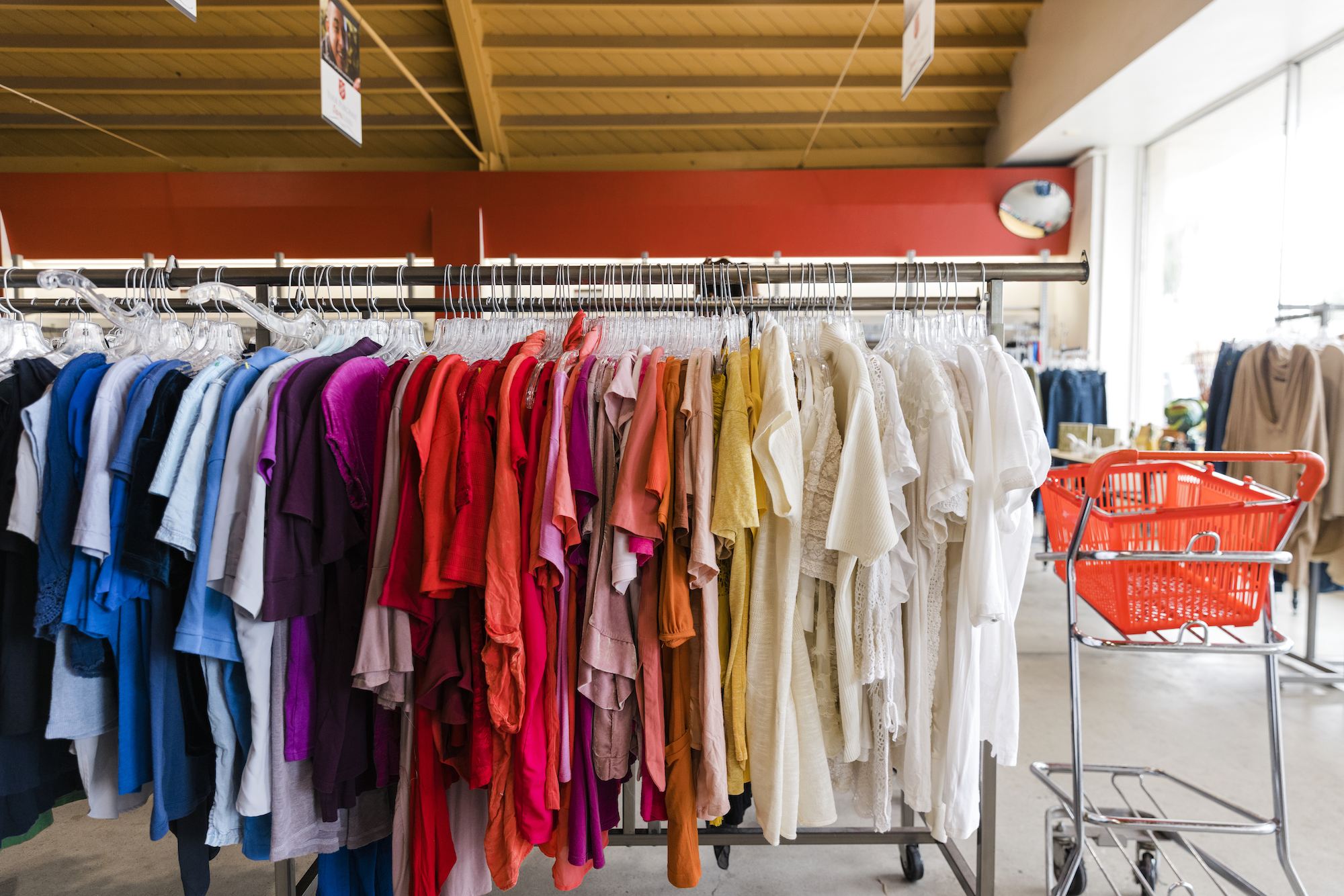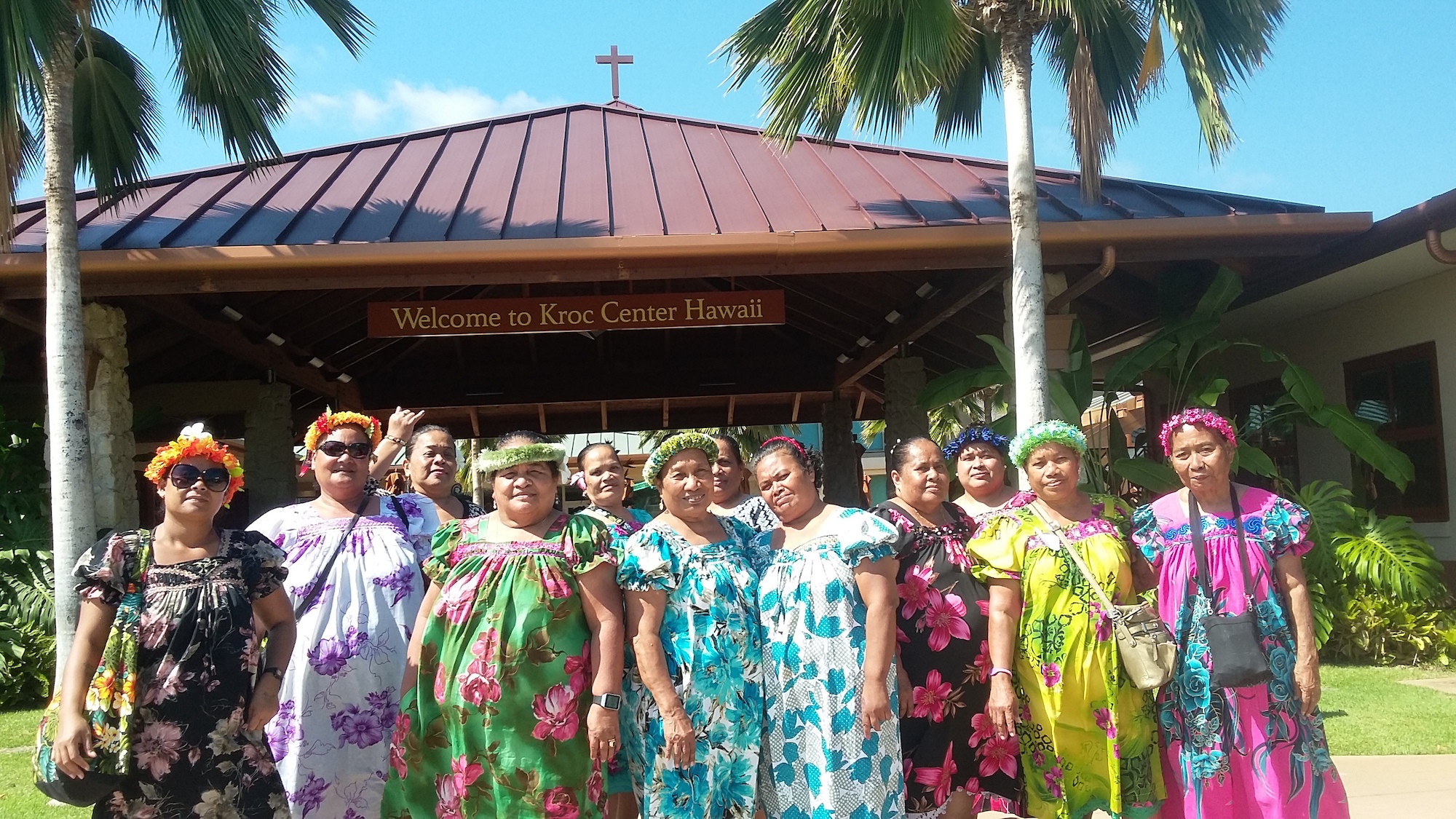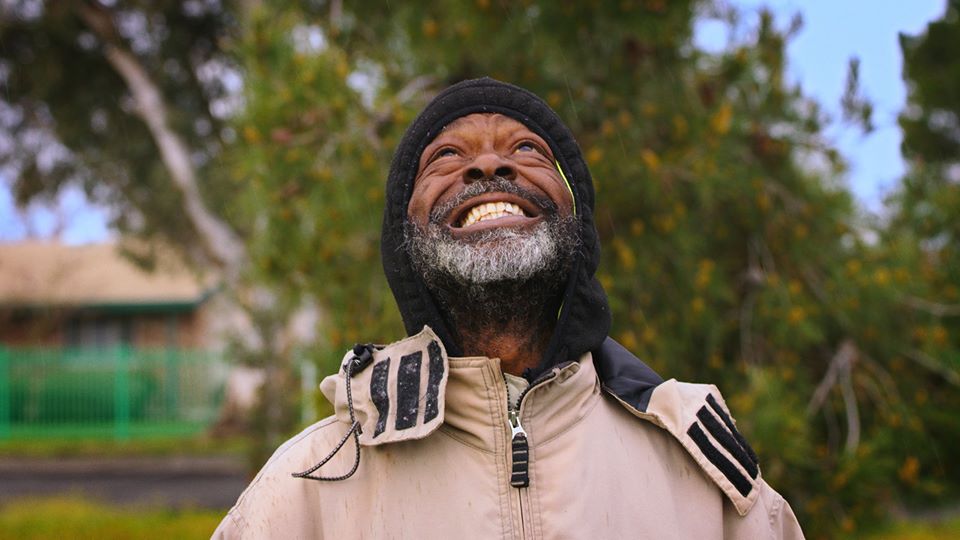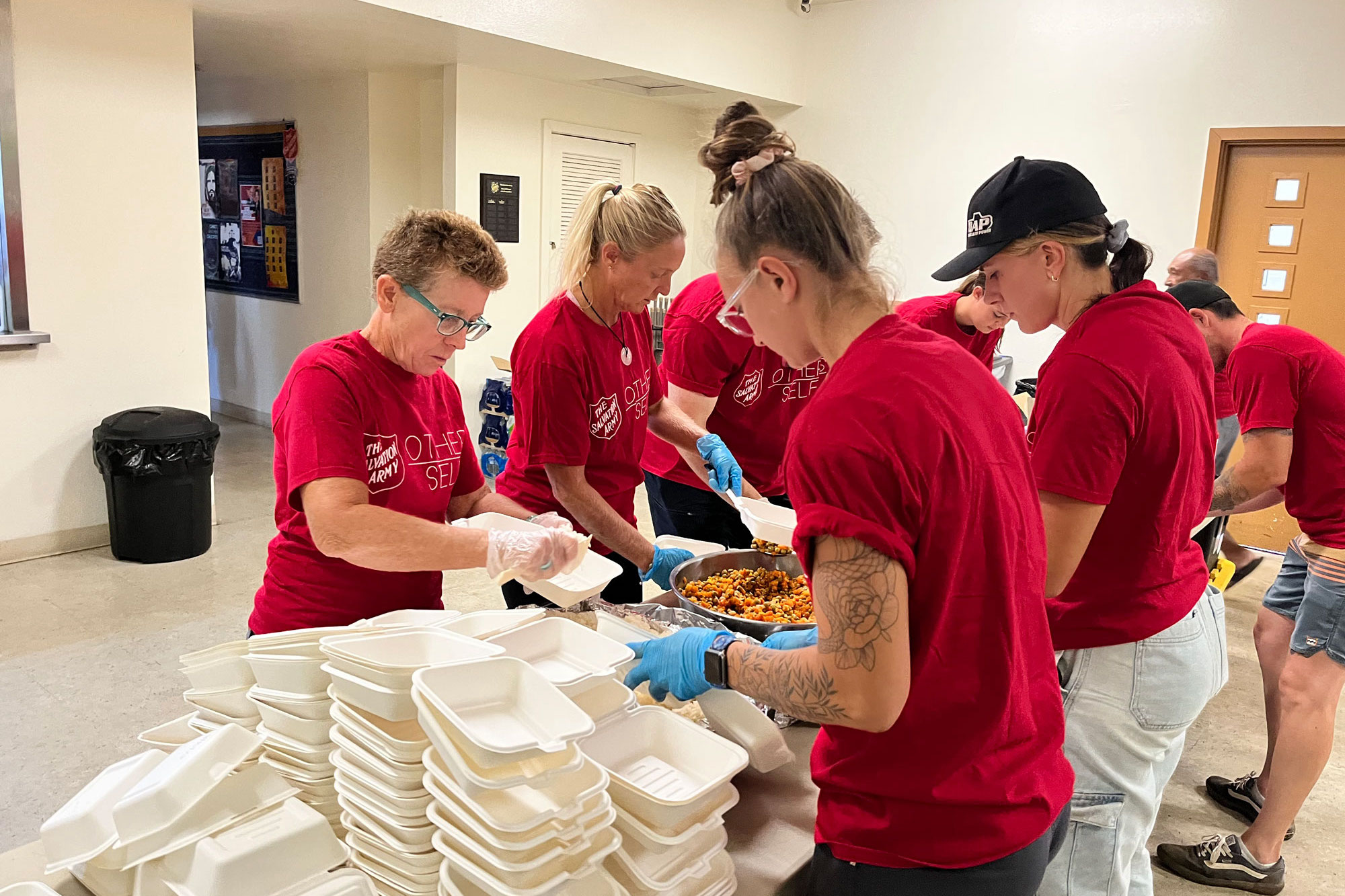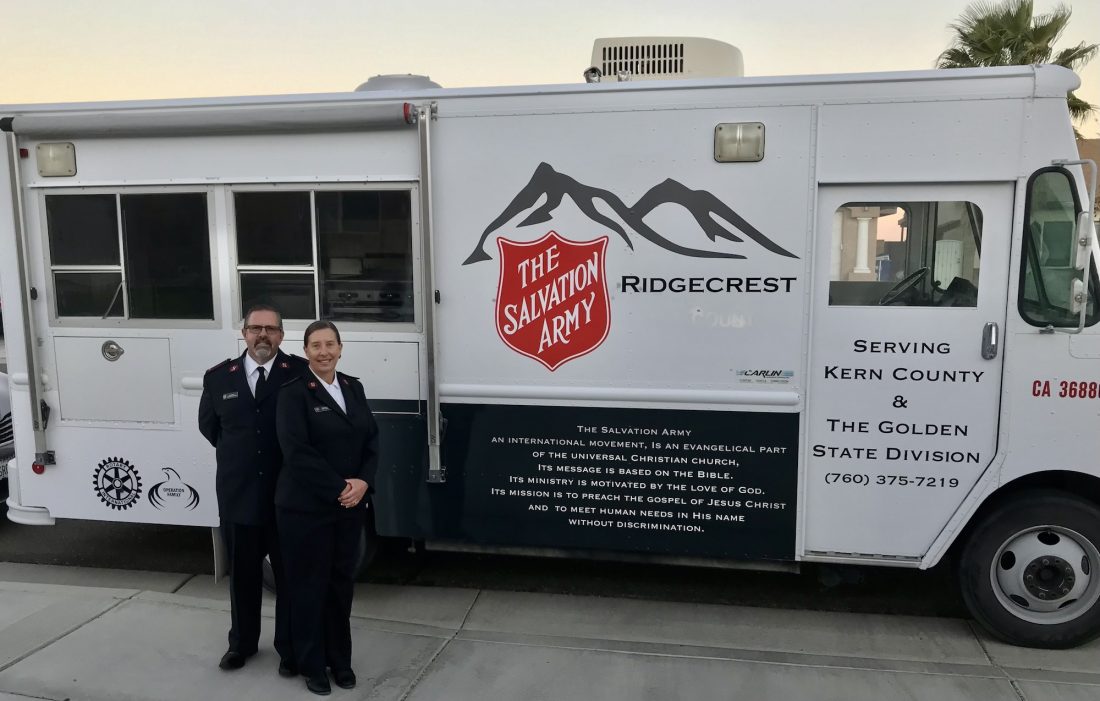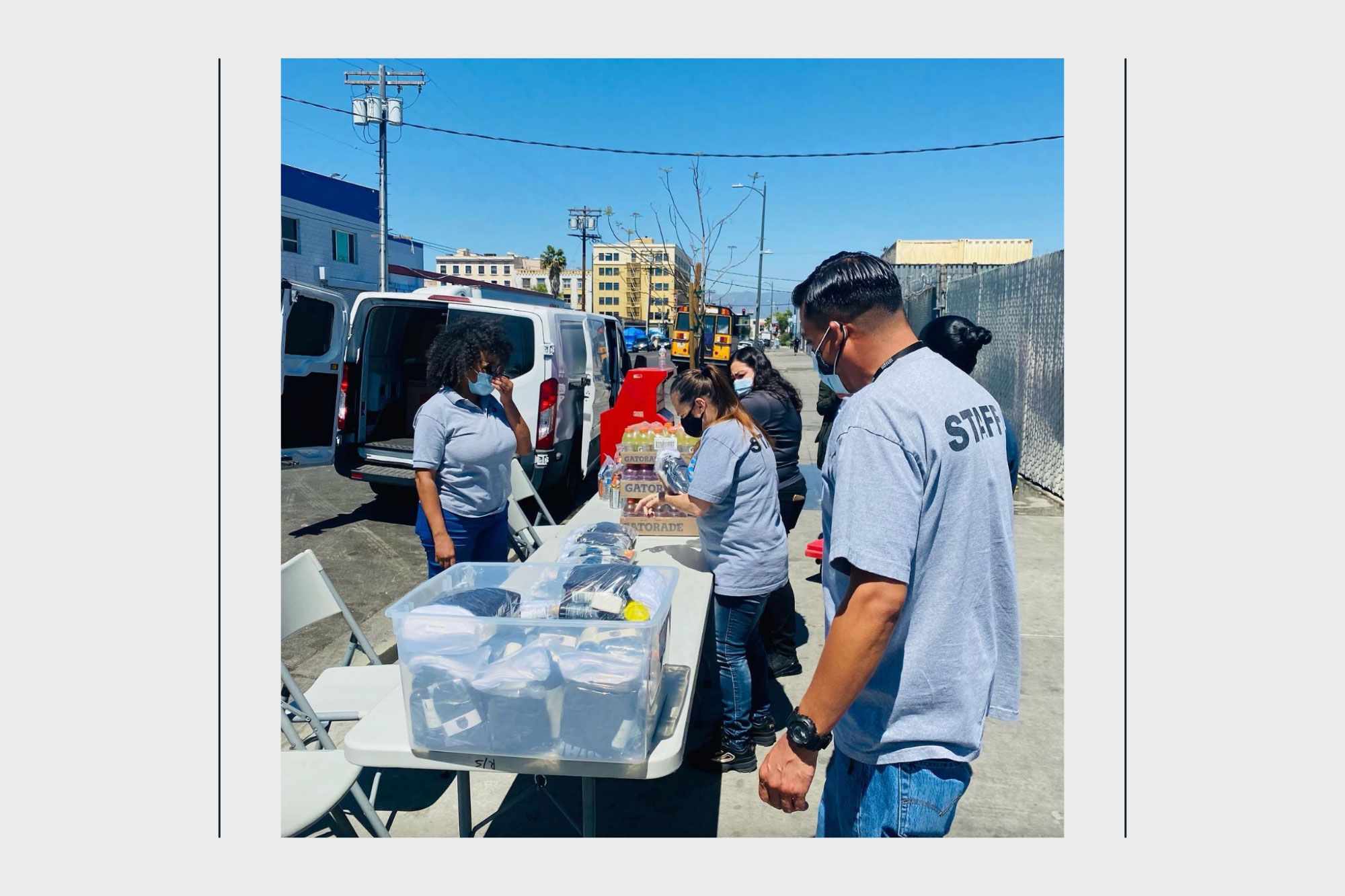Listen to this article
Listen to this article
Loading
Play
Pause
Options
0:00
-:--
1x
Playback Speed- 0.5
- 0.6
- 0.7
- 0.8
- 0.9
- 1
- 1.1
- 1.2
- 1.3
- 1.5
- 2
Audio Language
- English
- French
- German
- Italian
- Spanish
Open text
mind care, holiness and mental health in a post-pandemic world. mind care is how we take care of our mental health, a timely subject considering the effects of the covid pandemic. as christians—set apart to be holy—how can we care for our minds, especially when we feel under attack by the world and its woes? mental health affects us at every stage of our life, from childhood and adolescence through adulthood. it includes our emotional, psychological and social well-being. it affects how we think, feel and act. it also helps determine how we handle stress, relate to others and make healthy choices. as we emerge from the pandemic, our mental health might be affected by the impacts of quarantine and social distancing, recovering from covid, living during economic recession and experiencing social inequalities. additionally, frontline healthcare professionals have reported poor mental health from providing care on a large scale during the pandemic. all of these factors—and more—impact the church. with so many potential challenges, how do we begin to care for ourselves? let’s focus on three ways: rest, feel and connect. rest. we have a role model in jesus, who withdrew and rested when he needed to restore himself. matt. 14:23 (niv): after he had sent them away, he went up on a mountainside by himself to pray. when evening came, he was there alone. luke 5:15-16: but the news about jesus spread even more. so crowds of people came to hear him. they also came to be healed of their sicknesses. but jesus often went away to be by himself and pray. mark 1:32, 35: that evening after sunset, the people brought to jesus all who were sick…it was very early in the morning and still dark. jesus got up and left the house. he went to a place where he could be alone. there he prayed. remember, jesus rested so it is ok for us to do so, too. we can seek rest in any or all of these areas of the human experience: physical, emotional, mental, social, sensory and spiritual. feel. we allow ourselves to feel. ray s. anderson said: “humans created in the image of god relate to each other and to god through pathos (emotion), which is the root of true knowledge and the source of intention and action. the worst condition of the soul was apathy, having no feeling or passion with regard to god and others.”. although we may have been taught to deny or bury our emotions, they cannot be controlled by leaving them outside our focus. allowing ourselves to be open and vulnerable, allows us to process through emotions. in “the law of happiness,” henry cloud wrote: “living in the present will make your stress go down and your happiness go up. even if the present is sad, to embrace those feelings is part of having them pass. feelings that we avoid get stuck in our system and will return until we face them, so whether in good times or bad, the lesson is to be ‘in time.’ be there, in the now.”. self-regulation. as christians, when we feel overwhelmed by feelings and tempted to react impulsively, we have a guide. the bible talks about the work of self-regulation, which will lead to changed lives. paul tells the christians at ephesus that they are to put off the old nature and take on the new, which is what self-regulation allows us to do. since you have heard about jesus and have learned the truth that comes from him, throw off your old sinful nature and your former way of life, which is corrupted by lust and deception. instead, let the spirit renew your thoughts and attitudes. put on your new nature, created to be like god—truly righteous and holy (eph. 4:21-24, nlt). when we feel pain—and we will—feelings can overwhelm us. we may feel unloved, out of control, alone, disconnected, inadequate, powerless and like we don’t measure up, among other feelings. we cope with these feelings in various ways, often with automatic responses that were developed in childhood. developing an awareness of how you cope with pain—what is referred to in restoration therapy as your “pain cycle”—and how others respond to your coping mechanisms can lead to positive change. when we are in a pain cycle we may react in negative ways, which often triggers others to respond negatively, and then reinforces our negative thoughts and feelings. moving beyond pain to the truth about yourself. beyond the pain lies our true self, the being god created who is at peace, loved, accepted and adequate. to reach this peaceful state, an individual moves to a “truth cycle.” this is a process of identifying the truth of who we are and then making a decision to live in that truth. when we live in the truth that we are loved, valuable, adequate, we can then become more accepting, non-defensive, energetic, nurturing, vulnerable, hopeful and supportive. achieving peace/caring for ourselves. we can literally change the neural pathways in our brain through the process of self-awareness. before falling into an automatic response to pain or stress, ask yourself: how am i feeling? how do i normally respond? what is my truth? how do i choose to respond? again, we begin to care for ourselves by resting, feeling and connecting. connection is key. we are meant to connect to one another, a truth the pandemic underscored. in “the power of the other,” henry cloud wrote, “as long as you are alive, your heart and mind and soul will be searching for connection. an ‘other.’ several others.”. cloud emphasizes the four corners of connection we should consider for our mental wellbeing. corner 1: disconnected, no connection. corner 2: the bad connection. corner 3: the pseudo-good connection. corner 4: true connection. wholeness and healing come when we bring our authentic selves to rest, feel and truly connect. julie sutton shared her thoughts on mental well-being in her “mind care” presentation as a part of the salvation army’s western territory holiness retreat in february 2022. do good:. you’ve probably seen the red kettles and thrift stores, and while we’re rightfully well known for both…the salvation army is so much more than red kettles and thrift stores. so who are we? what do we do? where? right this way for salvation army 101. no matter how hard we try, or how much good we do—it’s his radical, unconditional love that will bring true and lasting goodness to our lives. if you’ve ever stared at the open page, not sure where to start or are wanting to read scripture in a new way, then this is for you. get inside the caring magazine scripture study collection and find a suite of free, printable bible studies to guide you through the good word. read about the five mental health lessons in disney’s “encanto.”.
Open context player
Close context player
Plays:-Audio plays count
mind care, holiness and mental health in a post-pandemic world. mind care is how we take care of our mental health, a timely subject considering the effects of the covid pandemic. as christians—set apart to be holy—how can we care for our minds, especially when we feel under attack by the world and its woes? mental health affects us at every stage of our life, from childhood and adolescence through adulthood. it includes our emotional, psychological and social well-being. it affects how we think, feel and act. it also helps determine how we handle stress, relate to others and make healthy choices. as we emerge from the pandemic, our mental health might be affected by the impacts of quarantine and social distancing, recovering from covid, living during economic recession and experiencing social inequalities. additionally, frontline healthcare professionals have reported poor mental health from providing care on a large scale during the pandemic. all of these factors—and more—impact the church. with so many potential challenges, how do we begin to care for ourselves? let’s focus on three ways: rest, feel and connect. rest. we have a role model in jesus, who withdrew and rested when he needed to restore himself. matt. 14:23 (niv): after he had sent them away, he went up on a mountainside by himself to pray. when evening came, he was there alone. luke 5:15-16: but the news about jesus spread even more. so crowds of people came to hear him. they also came to be healed of their sicknesses. but jesus often went away to be by himself and pray. mark 1:32, 35: that evening after sunset, the people brought to jesus all who were sick…it was very early in the morning and still dark. jesus got up and left the house. he went to a place where he could be alone. there he prayed. remember, jesus rested so it is ok for us to do so, too. we can seek rest in any or all of these areas of the human experience: physical, emotional, mental, social, sensory and spiritual. feel. we allow ourselves to feel. ray s. anderson said: “humans created in the image of god relate to each other and to god through pathos (emotion), which is the root of true knowledge and the source of intention and action. the worst condition of the soul was apathy, having no feeling or passion with regard to god and others.”. although we may have been taught to deny or bury our emotions, they cannot be controlled by leaving them outside our focus. allowing ourselves to be open and vulnerable, allows us to process through emotions. in “the law of happiness,” henry cloud wrote: “living in the present will make your stress go down and your happiness go up. even if the present is sad, to embrace those feelings is part of having them pass. feelings that we avoid get stuck in our system and will return until we face them, so whether in good times or bad, the lesson is to be ‘in time.’ be there, in the now.”. self-regulation. as christians, when we feel overwhelmed by feelings and tempted to react impulsively, we have a guide. the bible talks about the work of self-regulation, which will lead to changed lives. paul tells the christians at ephesus that they are to put off the old nature and take on the new, which is what self-regulation allows us to do. since you have heard about jesus and have learned the truth that comes from him, throw off your old sinful nature and your former way of life, which is corrupted by lust and deception. instead, let the spirit renew your thoughts and attitudes. put on your new nature, created to be like god—truly righteous and holy (eph. 4:21-24, nlt). when we feel pain—and we will—feelings can overwhelm us. we may feel unloved, out of control, alone, disconnected, inadequate, powerless and like we don’t measure up, among other feelings. we cope with these feelings in various ways, often with automatic responses that were developed in childhood. developing an awareness of how you cope with pain—what is referred to in restoration therapy as your “pain cycle”—and how others respond to your coping mechanisms can lead to positive change. when we are in a pain cycle we may react in negative ways, which often triggers others to respond negatively, and then reinforces our negative thoughts and feelings. moving beyond pain to the truth about yourself. beyond the pain lies our true self, the being god created who is at peace, loved, accepted and adequate. to reach this peaceful state, an individual moves to a “truth cycle.” this is a process of identifying the truth of who we are and then making a decision to live in that truth. when we live in the truth that we are loved, valuable, adequate, we can then become more accepting, non-defensive, energetic, nurturing, vulnerable, hopeful and supportive. achieving peace/caring for ourselves. we can literally change the neural pathways in our brain through the process of self-awareness. before falling into an automatic response to pain or stress, ask yourself: how am i feeling? how do i normally respond? what is my truth? how do i choose to respond? again, we begin to care for ourselves by resting, feeling and connecting. connection is key. we are meant to connect to one another, a truth the pandemic underscored. in “the power of the other,” henry cloud wrote, “as long as you are alive, your heart and mind and soul will be searching for connection. an ‘other.’ several others.”. cloud emphasizes the four corners of connection we should consider for our mental wellbeing. corner 1: disconnected, no connection. corner 2: the bad connection. corner 3: the pseudo-good connection. corner 4: true connection. wholeness and healing come when we bring our authentic selves to rest, feel and truly connect. julie sutton shared her thoughts on mental well-being in her “mind care” presentation as a part of the salvation army’s western territory holiness retreat in february 2022. do good:. you’ve probably seen the red kettles and thrift stores, and while we’re rightfully well known for both…the salvation army is so much more than red kettles and thrift stores. so who are we? what do we do? where? right this way for salvation army 101. no matter how hard we try, or how much good we do—it’s his radical, unconditional love that will bring true and lasting goodness to our lives. if you’ve ever stared at the open page, not sure where to start or are wanting to read scripture in a new way, then this is for you. get inside the caring magazine scripture study collection and find a suite of free, printable bible studies to guide you through the good word. read about the five mental health lessons in disney’s “encanto.”.
Listen to this article












